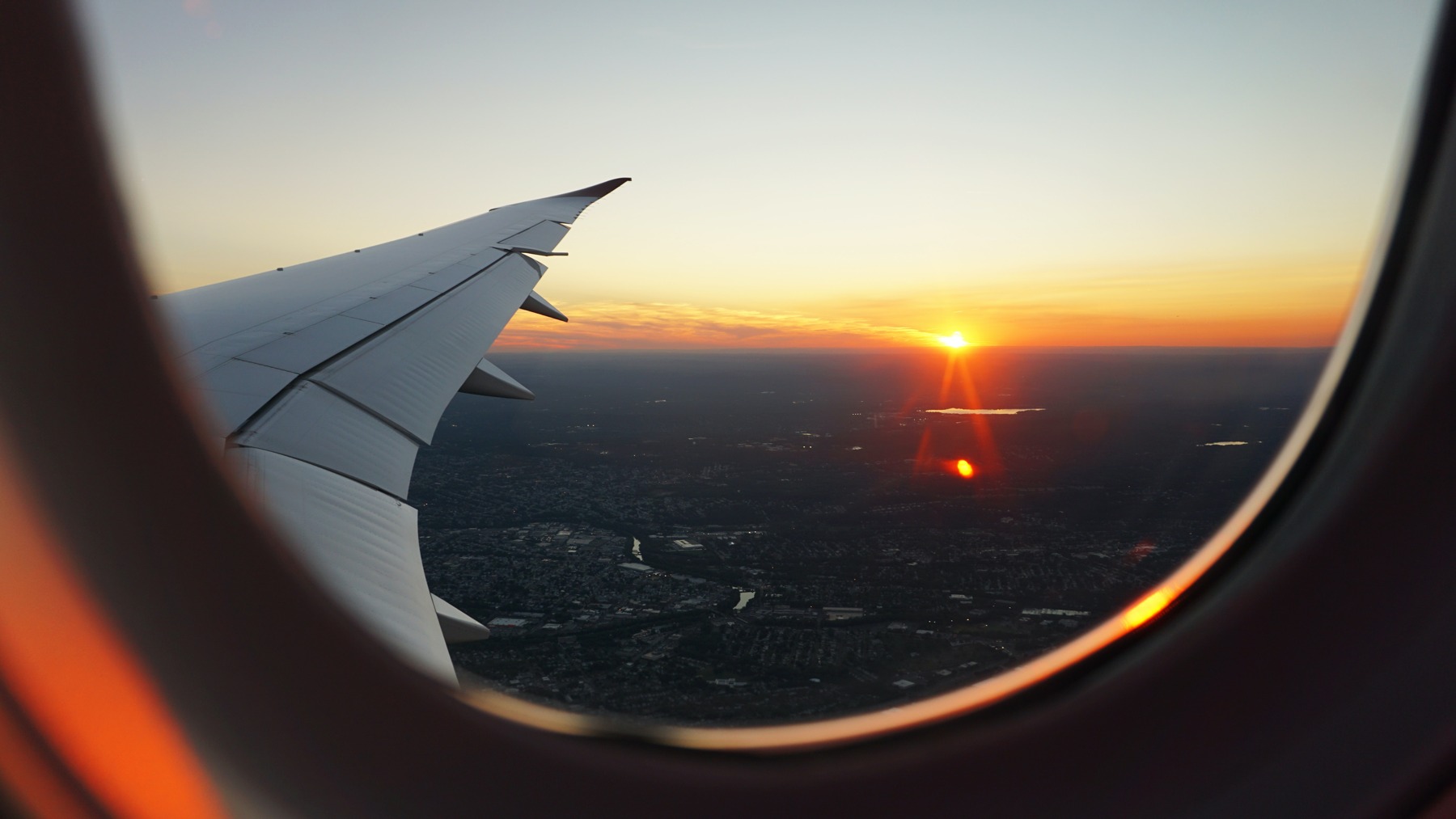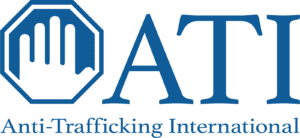
Trafficking in Holiday Traffic
The Thanksgiving rush? I’ll be home for Christmas? The busiest travel days of the year occur during the holiday season. Shepherding the kids, hurrying to flights, not forgetting possessions at TSA checkpoints—it’s easy to ignore your surroundings. However, someone in the same crowd might quietly truly hope you notice them. Human trafficking is the fastest-growing and second-largest criminal industry in the world. The International Labor Organization estimates that there are 24.9 million people living in modern slavery, over 75% of whom are women and children. That’s equivalent to the total population of Australia.
Traffickers use airports as well as train and bus stations every day to scout for and move their victims. Airport workers and airline personnel are becoming better trained to spot trafficking as awareness about the crime increases. However, in big holiday crowds, passengers waiting for flights or standing in security lines are often in a better position to notice suspicious travelers.
How Do I Spot Traveling Human Trafficking Victims?
- Clothing: The wrong size, not appropriate for the weather, or less well-dressed than their companions. Younger victims may be dressed in a sexualized way.
- Special tattoos: Tattoos are common and usually not concerning. However, pimps may mark their property with a tattoo of a barcode, bags of money, a male’s name, “Property of,” or “Daddy.”
- Appearance: Victims may show signs of physical harm, such as bruises, or appear malnourished.
- Fuzzy destination and travel details: She may have been given a ticket to get to her “modeling job,” but does not know who will meet her or exactly what the job is. Traffickers often do not tell victims details of the trip in order to maintain control, so the traveler may not know what airport they are in, where they are headed, or any flight details.
- Inconsistent story: A victim is often coached on what to say in public. Stories that sound too scripted might be an effort to avoid suspicion.
- Traveling with a controlling companion: Victims are sometimes followed or guarded in transit to ensure they do not ask authorities for help or attempt escape. Keep an eye out for a companion who is more confident, does not seem to be their friend, speaks on behalf of the victim, and controls how the victim can move.
- Fears conversation: Traffickers use fear and intimidation to prevent victims from interacting with the public. Victims may avoid speaking, seem nervous, or defer engaging in conversations with their traveling companion. Additionally, victims may avoid eye contact or lie about their names.
- Fears uniformed security: Victims’ identification may have been taken by their traffickers, or might not want their immigration status revealed. Trafficking victims often have a fear of security and police drilled into them, so they may be uncomfortable when in close proximity.
Making a habit of looking up from our phones and glancing around to notice fellow travelers could save a life. At the end of the day, no one person will be neatly represented by the above traits. Each situation is different and the most powerful tool at your disposal is your natural instinct. If something feels wrong to you, it is infinitely better to report your suspicions to someone who can act than it is to ignore your feelings and trust they don’t need your help.
What Should I Do About It?
-
- Most importantly, do not be a hero: Do not interact directly with or try to rescue the suspected victim. The safest and surest way to help human trafficking victims is to report it to the correct channels with as much information as possible.
- Tell trained personnel: Tell a flight attendant, TSA, or security guard what you have noticed. They can take the next step.
- Snap a photo: Take a picture of the possible victim and trafficker if you can do so safely.
- Observe markings: Write down descriptions of the possible victim and trafficker. Note any significant tattoos or scars.
- Call it in: Report your concerns to a tip line. Save these numbers in your phone:
- National Human Trafficking Hotline: 888-373-7888
- Homeland Security Tipline: 866-347-2423
- Use your apps: Download TIP Line. This app was developed by Airline Ambassadors International (AAI) to make it easier for an anonymous tip to be made to the right sources if you suspect trafficking.
- Smarten up: Take an online course through AAI. They are designed for Airport/Airline personnel but helpful for anyone.
- Spread your smarts: Share your knowledge with others. The more travelers who are aware of this epidemic, the quicker vulnerable lives can be saved.
You don’t have to put your life on hold to fight human trafficking. By becoming better informed, we can be empowered to act in our daily lives. Keeping a watchful eye as we travel through airports is one simple way that we can help those who may need it.

